Business anthropologist Simon Roberts details how human intelligence includes “embodied” knowledge – something AI has not yet succeeded in replicating. Embodied knowledge derives from the body – through movement, muscle memory, sight, hearing, taste, smell and touch. It includes experiences that evoke deep sensory memories that permit action without thought and pattern recognition. These embedded memories enable you to feel, rather than merely reason, your way through many decisions. Roberts provides innovative examples of companies making better decisions by pairing data with experiential learning.
Many of the things humans do without “thinking” can’t yet be replicated by artificial intelligence.
Driving a car demands a range of complex skills and situational awareness. No one can teach the routine aspects of starting a car, backing it out and shifting gears from a text or verbal instruction. Learning to drive requires that you experience driving. You can observe an experienced driver from the passenger seat, but eventually you must take the wheel, feel the road, practice changing gears and apply the brakes yourself. To learn to drive, you must engage your body and your brain – your senses as well as your common sense.
You know you’ve mastered driving when you no longer have to think about what you’re doing – when all the tasks of driving become automatic. But if learning how to drive ended there, artificial intelligence (AI) could master it. AI hasn’t done so yet because driving demands the ability to recognize patterns, process them in milliseconds and respond to them almost immediately to avoid a collision. Driving can take place in a wide range of precarious weather conditions and involves other drivers, pedestrians...
Simon Roberts is a business anthropologist who helps leaders learn through embodied experience. He’s co-founder of Stripe Partners, a global innovation and strategy group that assists the development of technology-led businesses.











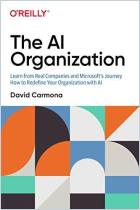
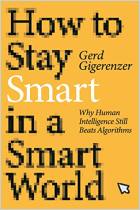
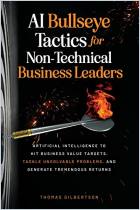
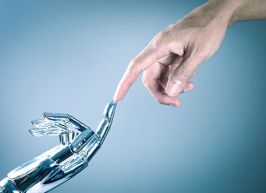

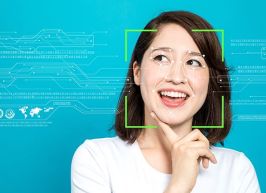






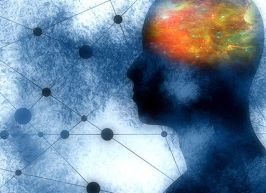



Comment on this summary or Start Discussion